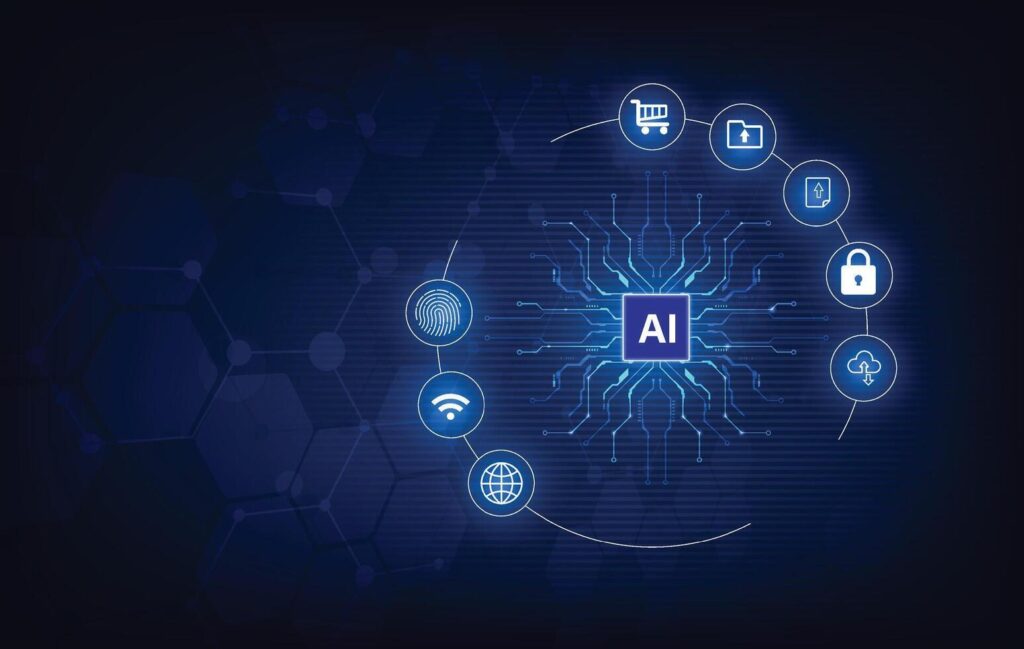Artificial Intelligence has come a long way from being a mere command-based system to becoming an intelligent collaborator. What once began as simple chatbots responding to fixed prompts has now evolved into conversational agents that can understand context, emotions, and intent.
This transformation – from Prompt to Partner – marks one of the most significant shifts in the history of AI.
The Early Days: Rule-Based Replies
In the early stages, chatbots were nothing more than pre-programmed responders. They could recognize certain keywords and return fixed answers.
For instance, if you typed “what is your name?”, you’d get “I am a chatbot.” – and that’s it.
These systems lacked understanding, emotion, and flexibility. They functioned like automated FAQ pages – useful, but far from human-like conversation.
The Rise of Machine Learning
The next leap came with machine learning, which gave AI the ability to learn from data. Instead of following rigid rules, chatbots could now adapt and recognize patterns.
Customer support bots, for example, started understanding phrases like “I want to cancel my order” even if it wasn’t phrased exactly as trained.
This made AI more reactive and responsive. However, it was still a one-way interaction – the AI answered but didn’t truly engage.
The Language Model Revolution
Then came the revolution – Large Language Models (LLMs) like ChatGpt, Gemini, and Claude. These models changed the game entirely.
They didn’t just recognize words – they understood context, tone, and intent.
Ask them to “Write a polite follow-up email”, and they’ll generate text with empathy, professionalism, and structure.
For the first time, AI could reflect human reasoning and communication style.
This marked a huge turning point – AI shifted from being a passive responder to an active conversational partner.
From Prompt-Driven to Partner-Driven
Today’s Conversational AI doesn’t wait for prompts – it collaborates.
When a marketing team brainstorms ideas with AI, the system doesn’t just answer; it suggests, refines, and even questions the direction.
This is the birth of AI as a creative co-pilot – capable of expanding human thinking rather than just reacting to it.
Modern AI tools can summarize meetings, recommend strategies, generate reports, and even anticipate follow-up questions – effectively acting as a partner in productivity rather than a tool for automation.
Impact Across Industries
Conversational AI has moved far beyond chat support. Its partnership potential is being realized across multiple domains:
- Business: AI helps in proposal creation, client communication, and strategic planning.
- Education: Personalized tutors that adapt to each student’s learning pace.
- Healthcare: AI assistants that listen, analyze, and support doctors with real-time insights.
- Technology: Coding copilots that collaborate with developers to create efficient, optimized software.
Every sector is discovering that AI is not replacing people – it’s amplifying human capability.
The Human-AI Collaboration Era
The most profound change is philosophical.
AI is no longer something humans user; it’s something we work with.
Humans bring creativity, intuition, and empathy.
AI brings speed, logic, and data-driven clarity.
Together, they form a partnership that blends imagination with intelligence.
This collaboration moves us from “prompt and response” to “conversation and co-creation.”
The Road Ahead
The future of Conversational AI will focus on personalization, emotional intelligence, and ethical reasoning.
AI companions will understand not just what we say, but how we feel and why we mean it.
Instead of being programmed to follow instructions, they’ll grow to anticipate our needs, support our goals, and align with our values.
This isn’t about creating machines that think like humans – it’s about building systems that help humans think better.
Conclusion
Conversational AI’s journey – from prompt-based scripts to intelligent partnerships – reflects a broader transformation in technology itself. We are collaborating with them.
As AI continues to evolve, it will shape a future where humans and machines share the workspace, the classroom, and even creative studios – thinking together, creating together, and growing together.
The future of AI isn’t about automation; it’s about augmentation.
We are moving from prompts to partnerships – and that’s where the real intelligence begins.

